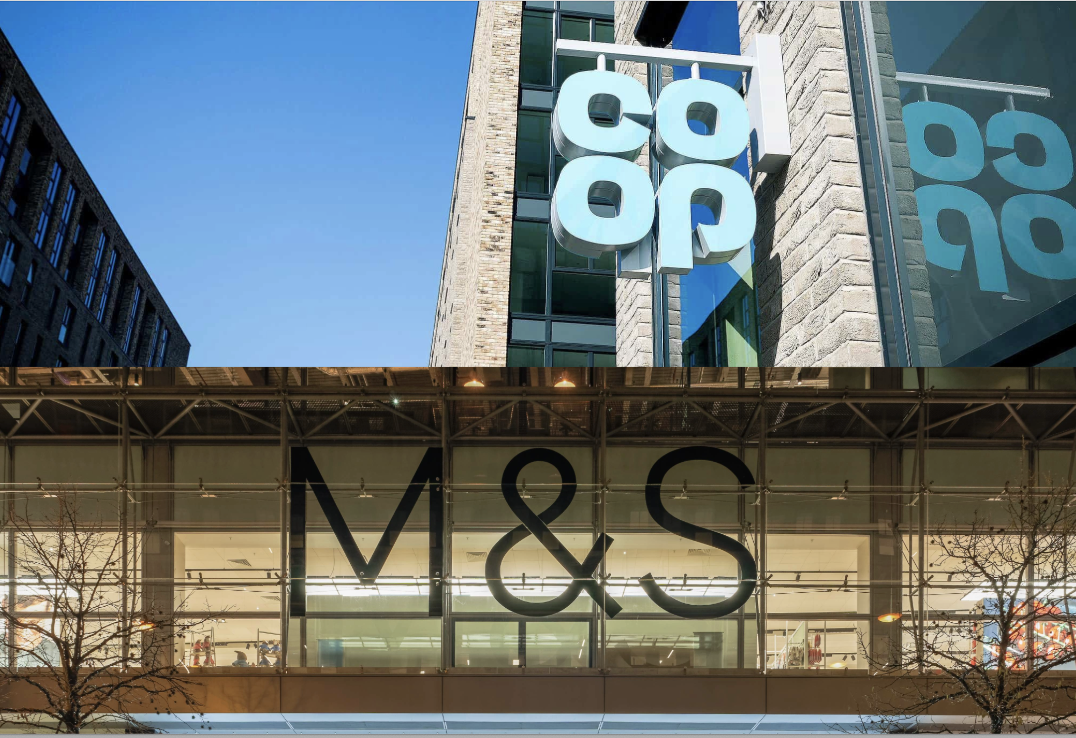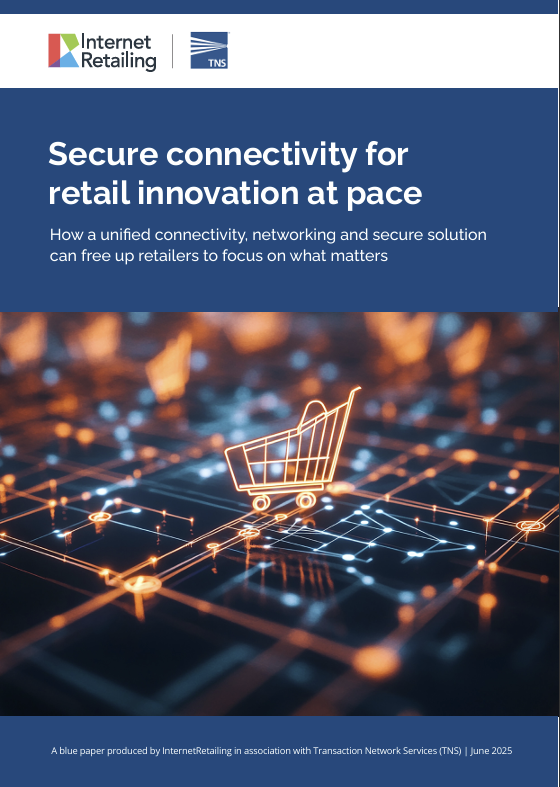Retailers should consider moving from warehouses to ‘awarehouses’ in order to better meet customer demand for immediate fulfilment, says Akash Gupta, CTO, GreyOrange.
Recent surges in ecommerce have caused the demand for delivery immediacy to soar. With more consumers shopping online than ever before, retailers are struggling to cope with the high demands this places on their fulfilment operations, especially with the latest consumer expectations for faster delivery times.
More than a third (36%) of customers abandon shopping carts at checkout if shipping time is too long, and 67% will switch to other retailers if they offer a faster delivery option. The consumer expectation for speed is causing retailers to look across their supply chain at how they can accelerate operations. Retailers must understand that fast fulfilment makes next-day and same-day delivery possible. When retailers can drive their fulfilment operations to be more efficient, the opportunities to meet this expectation become more achievable.
With smart software and robots, retailers can extend their cut-off times for receiving next-day and 2-day orders from customers. With this technology, retailers can also optimise fulfilment operations, with efficiencies that create much-needed operational savings. These savings can have a positive impact on the bottom line as faster delivery options typically cost up to 20% more than standard delivery options. Retailers understand that shipping is expensive, so capitalising on these operational efficiencies and the consumer’s willingness to pay for faster delivery can lead to significant benefits in terms of profitability and customer satisfaction.
Certainly, value-driven consumers are often motivated by the best deals and will abandon carts if shipping is too expensive or will take too long. Retailers in price sensitive markets can use AI software and robotic automation to improve efficiency in fulfilment centres. Doing so creates flexibility which allows retailers to offer promotions on delivery fees which can be used to attract new customers or reward loyalty. This allows retailers to compete with the most popular brands and stay relevant in a market sector where in which customer loyalty can be fickle. Delivering upon delivery promises must be a priority for such retailers. This balance of profit and promise demands technology that delivers high yield fulfilment outcomes.
Leveraging a retailer’s store network can drive high-yield fulfilment by utilising a local presence to enable same day delivery, turning stores into micro-fulfilment centres in towns and cities across the country. By combining inventory with the speed and agility that only modern technology, particularly AI software, can provide, retailers can dramatically improve agility and reduce costs, whilst enhancing consumer experience. Older technologies were not designed to keep up with the demand for immediacy and typically won’t fit into smaller spaces, so retailers in this situation must look to modern solutions to optimise operations. In this same day delivery world, retailers must be willing to transform warehouses into “awarehouses” to meet demands and compete for the attention of impatient customers.
By Akash Gupta, CTO, GreyOrange








